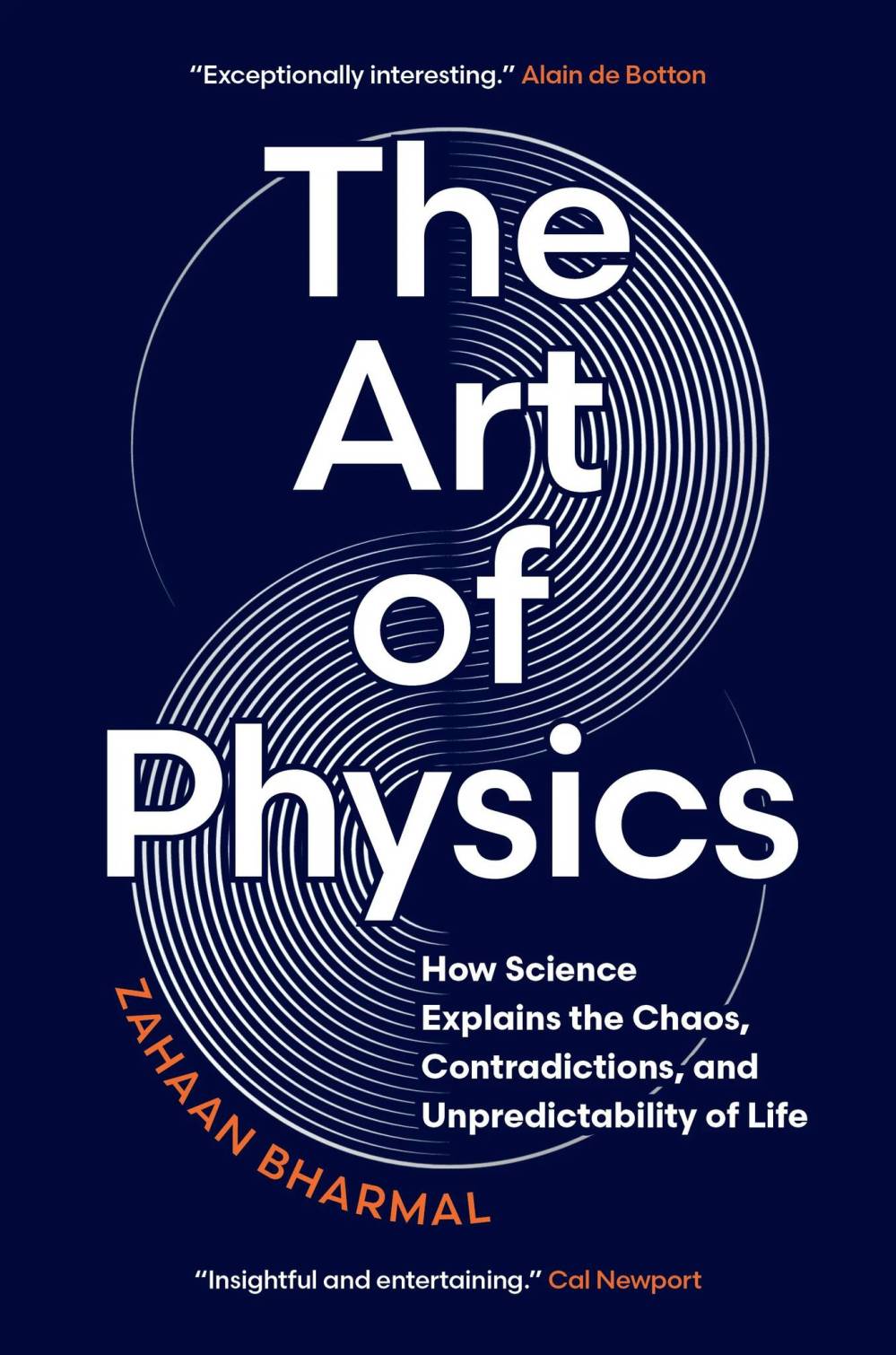Laws of physics offer insight into romance, midlife crises and more
Advertisement
Read this article for free:
or
Already have an account? Log in here »
To continue reading, please subscribe:
Monthly Digital Subscription
$0 for the first 4 weeks*
- Enjoy unlimited reading on winnipegfreepress.com
- Read the E-Edition, our digital replica newspaper
- Access News Break, our award-winning app
- Play interactive puzzles
*No charge for 4 weeks then price increases to the regular rate of $19.00 plus GST every four weeks. Offer available to new and qualified returning subscribers only. Cancel any time.
Monthly Digital Subscription
$4.75/week*
- Enjoy unlimited reading on winnipegfreepress.com
- Read the E-Edition, our digital replica newspaper
- Access News Break, our award-winning app
- Play interactive puzzles
*Billed as $19 plus GST every four weeks. Cancel any time.
To continue reading, please subscribe:
Add Free Press access to your Brandon Sun subscription for only an additional
$1 for the first 4 weeks*
*Your next subscription payment will increase by $1.00 and you will be charged $16.99 plus GST for four weeks. After four weeks, your payment will increase to $23.99 plus GST every four weeks.
Read unlimited articles for free today:
or
Already have an account? Log in here »
Hey there, time traveller!
This article was published 22/03/2025 (251 days ago), so information in it may no longer be current.
The Art of Physics delivers what its seemingly incongruous title promises.
It’s a quirky and eccentric, yet intelligent and compelling, argument for artfully applying the discoveries and laws of physics to human behaviour and real world problems.
At first blush, it seems a bit of a reach. But Bharmal’s erudition and light touch soon bring you around.

The Art of Physics
Bharmal is a Brit who holds a degree in physics from Oxford University and an MBA from Stanford University. He’s currently Google’s senior director of strategy for Europe, the Middle East and Africa.
He credits his ability to successfully analyze to his training in physics, and passes on those techniques in these pages.
As Bharmal puts it, “whether writing government policies or business strategies, the ability to think like a physicist — breaking things down to their simplest form, coming up with and testing hypotheses, questioning results, and then finding answers to challenging problems — proved invaluable.”
Bharmal explores fundamental concepts in physics such as gravity, relativity, quantum mechanics, dark matter and the Big Bang, and then applies ideas gleaned from them to everything from romance, career decisions and linguistics to macroeconomics, election polling and midlife (mostly male) crises.
He even tipples over into memoir, offering bits and pieces of personal stuff.
For example, he relates his getting fired from his first post-university job with a high-profile consulting firm, and his sad history of failed romances (until he met his present wife).
The latter is particularly interesting because he assesses the lack of systemic stability — so critical to, say, a safe nuclear reactor — as the fatal missing ingredient of his prior love life.
As he describes it, he had “relationships that often felt one misplaced word away from a blazing row, where neither one of us was ever quite sure what the other was thinking, and that more often than not ended with me getting dumped.”
The life lesson: “Physics teaches us the difference between stable systems, where equilibrium is quickly restored after an upset, and unstable systems, where just the slightest nudge can lead to catastrophe.”
Employing physics in a broad range of interpersonal, social, political and economic issues is highly original. And this transference of concepts from physics is mostly interesting, and mostly successful, but not absolutely so.
You don’t need to have studied physics to enjoy the book, but there are moments when the text gets a bit conceptually dense.
There’s a couple chapters in which a little less detailed explication and a few less multiple-sentence paragraphs would have made for a brisker read.
Bharmal doesn’t stop at seeing physics as an intellectual discipline that can be wielded as a tool for human betterment. He also touts it as a creative pursuit, a fruitful source of imaginative lateral thinking.
The Art of Physics is implicitly, and sometimes explicitly, a gentle corrective — addressed to all of us who in high school wrote off physics as the domain of numbers-shifting nerds.
Douglas J. Johnston is a Winnipeg lawyer and writer.


